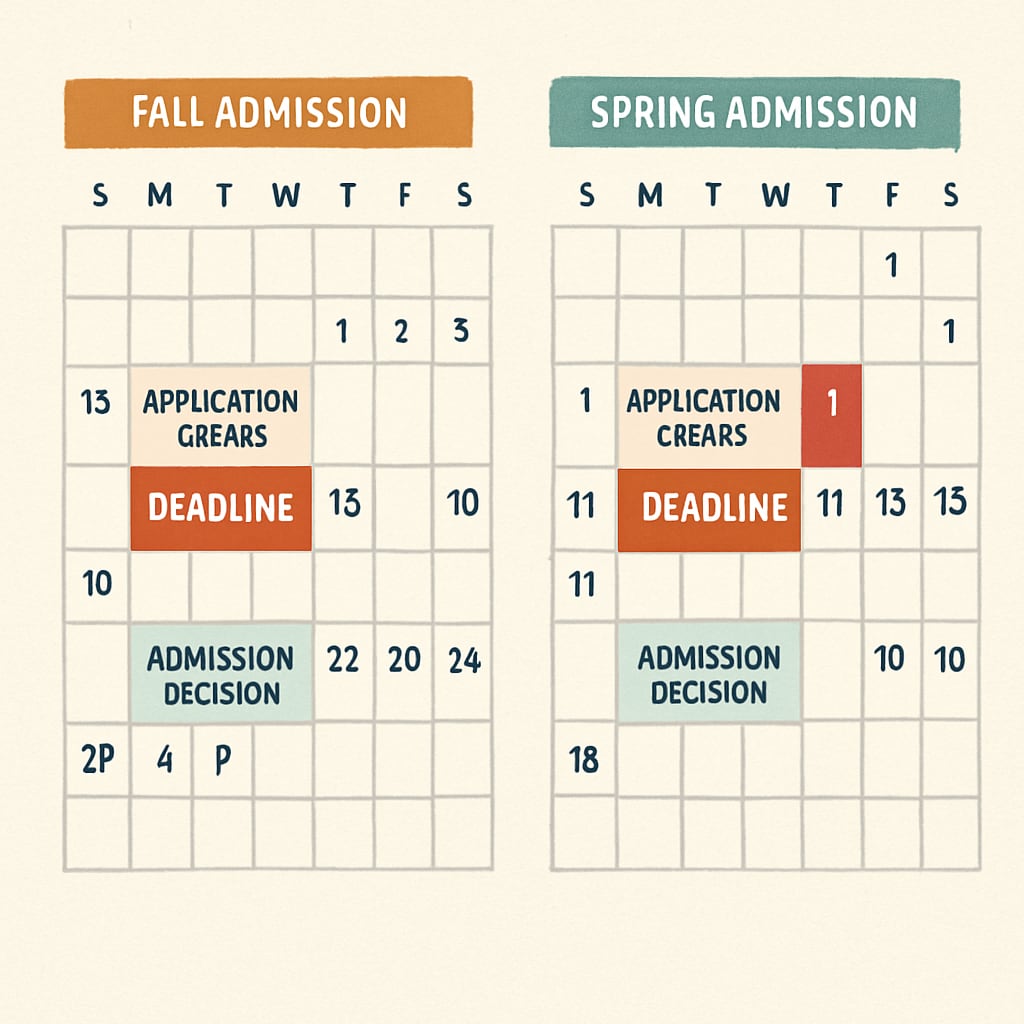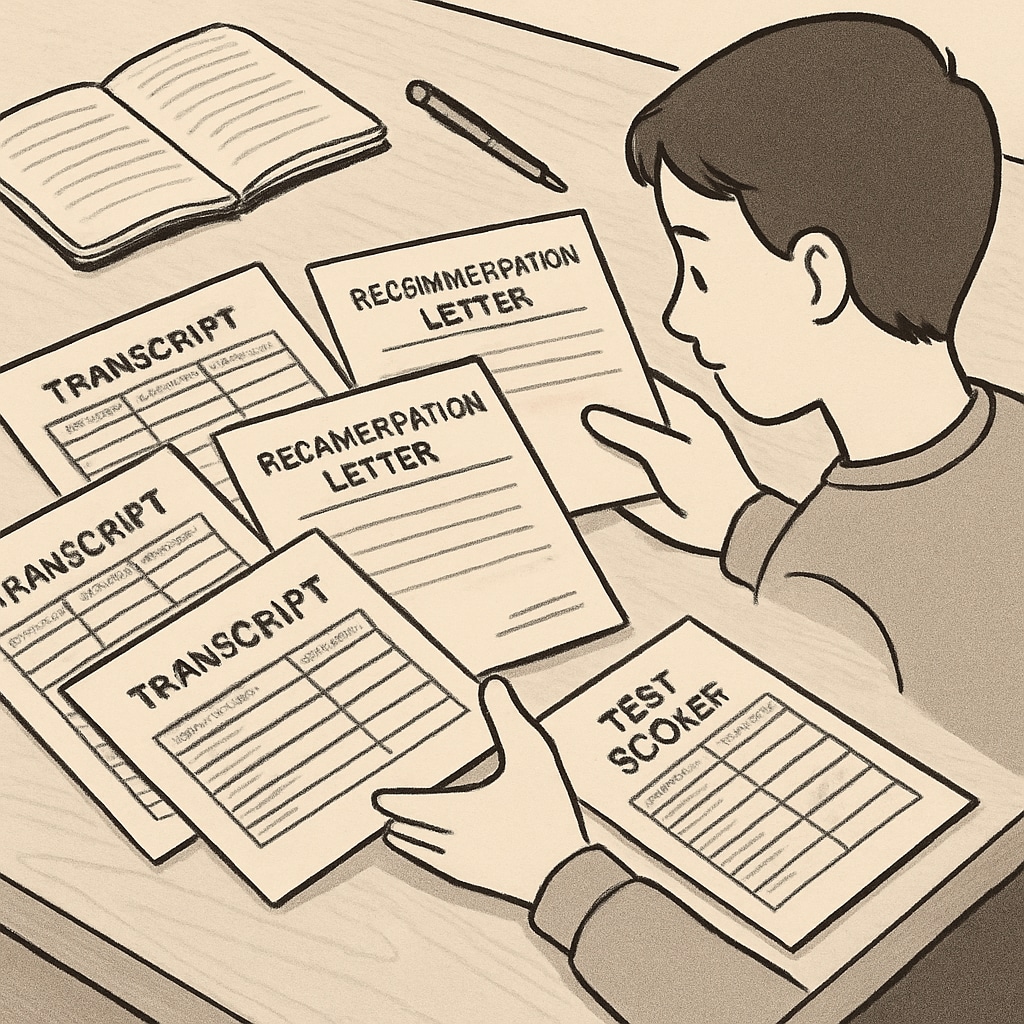The process of applying for a U.S. master’s program requires careful planning and strategic decision-making. “U.S. master’s application timing and study abroad strategies” are crucial to ensuring success. Whether you are exploring fall or spring admission cycles, understanding the advantages and challenges of each is key to making informed decisions. This article delves into the optimal timing for application submissions, practical preparation methods, and actionable insights for aspiring students.
Choosing the Right Application Cycle: Fall vs. Spring
When deciding on the timing of your application, it’s essential to weigh the differences between the fall and spring admission cycles. Fall admissions are generally more popular, offering a larger number of programs and scholarships. For example, many universities prioritize their funding and assistantships for candidates applying for the fall semester. Additionally, career fairs and networking opportunities often align with the academic calendar starting in fall, giving students an edge in job placements.
On the other hand, spring admissions can be advantageous for students who need extra time to prepare their applications or improve their academic credentials. While fewer programs may be available, spring candidates often benefit from smaller applicant pools, which can increase their chances of acceptance.
- Fall Admissions: More programs, scholarships, and networking opportunities.
- Spring Admissions: Smaller applicant pool, extended preparation time.

Key Considerations for Application Timing
A successful application hinges on submitting it at the right time. Universities in the U.S. typically have multiple deadlines, including early decision, regular decision, and rolling admissions. Each deadline offers unique advantages:
- Early Decision: Ideal for students who have thoroughly researched their top-choice programs and can submit their application well in advance. This often demonstrates commitment and improves chances of acceptance.
- Regular Decision: Provides more time for students to refine their application, gather recommendation letters, and retake standardized tests if necessary.
- Rolling Admissions: Offers flexibility, allowing applications to be reviewed as they are submitted, but spots may fill up quickly.
Regardless of the cycle, applicants should aim to submit their materials well before the final deadline. Procrastination can lead to rushed applications, which may lack the polish needed to make a strong impression.

Strategies for Effective Preparation
Preparation is the cornerstone of a successful U.S. master’s application. Here are key strategies to ensure your application stands out:
- Start Early: Begin researching programs at least 12–18 months before your intended start date. This allows time to gather documents, plan for standardized tests, and secure recommendation letters.
- Tailor Your Application: Customize your personal statement and resume for each program to reflect your alignment with their academic goals and values.
- Utilize Resources: Many universities offer online webinars, sample essays, and application checklists. Take advantage of these tools to refine your approach.
- Seek Guidance: Consult with academic advisors, alumni, or professional application coaches to gain insights into the admissions process.
In addition, consider cultural nuances and visa requirements when preparing for your study abroad journey. Navigating these aspects early ensures a smoother transition into graduate school.
Final Thoughts: Timing is Everything
The timing of your U.S. master’s application plays a pivotal role in your overall success. By understanding the advantages of different application cycles, adhering to deadlines, and preparing effectively, you can position yourself as a competitive candidate. Remember, thorough planning and proactive efforts are the keys to achieving your academic and career aspirations.
For more detailed guidance on specific programs and application processes, visit reputable resources such as Graduate School on Wikipedia or University Overview on Britannica.
Readability guidance: This article uses concise paragraphs and lists to enhance readability. Transition words (“however,” “therefore,” “in addition”) are integrated throughout for better flow, while long sentences and passive voice are minimized.


